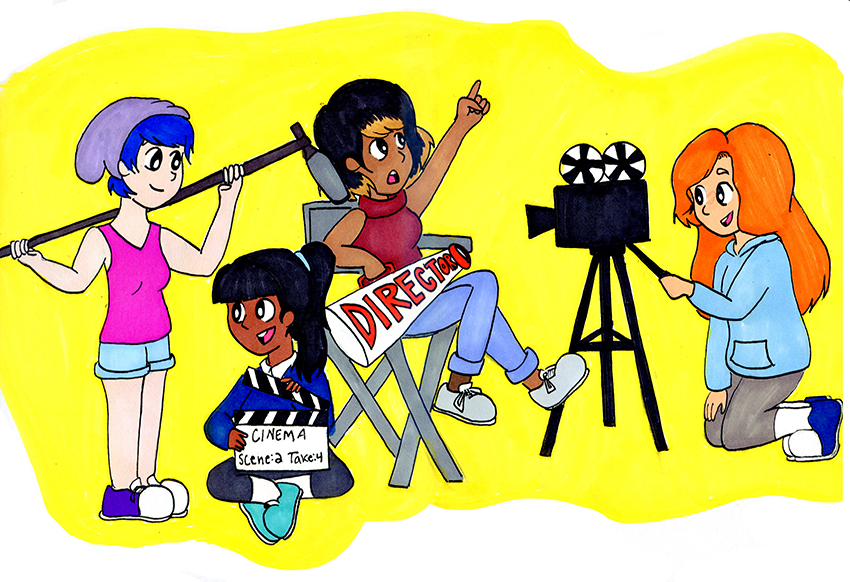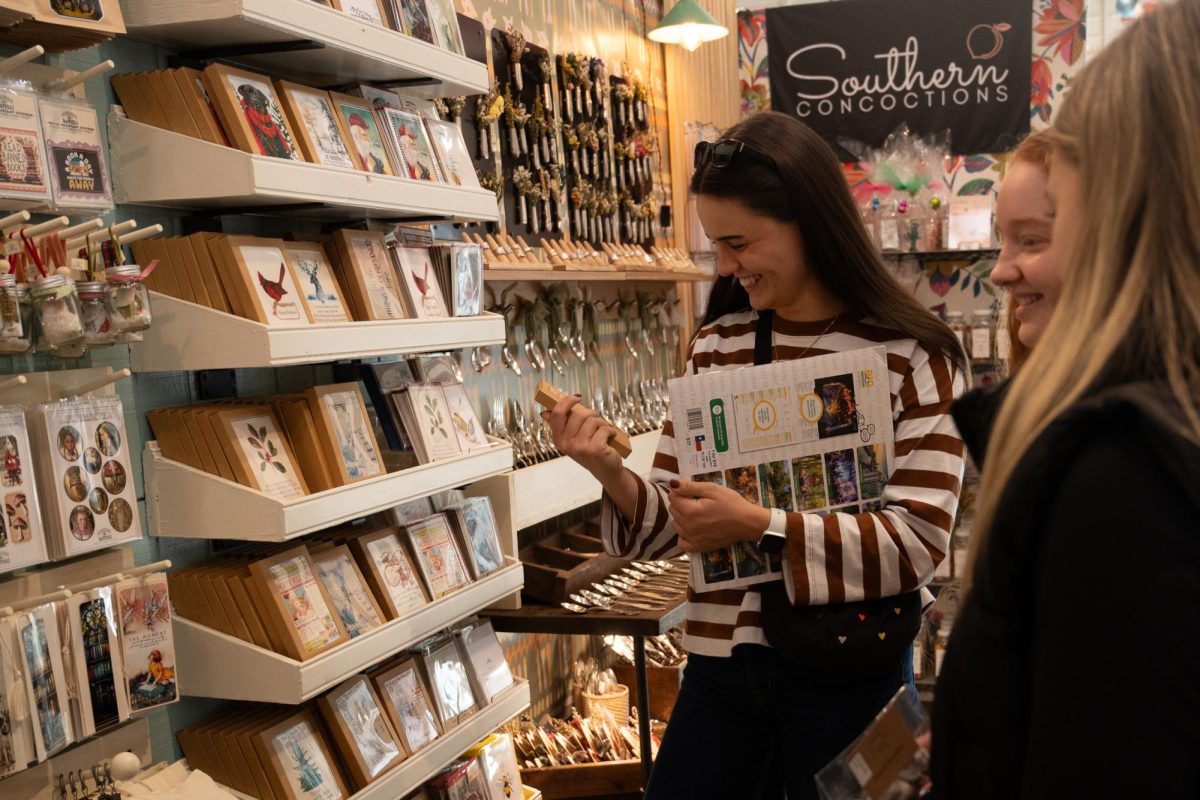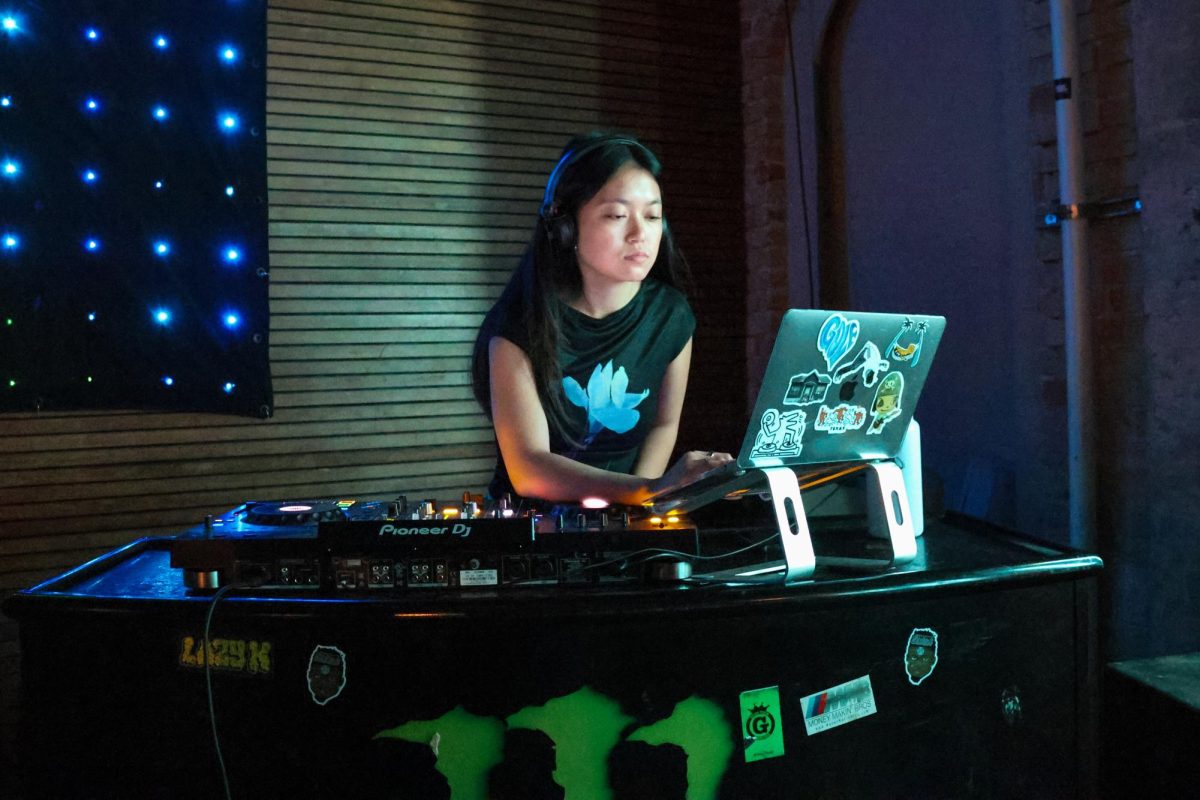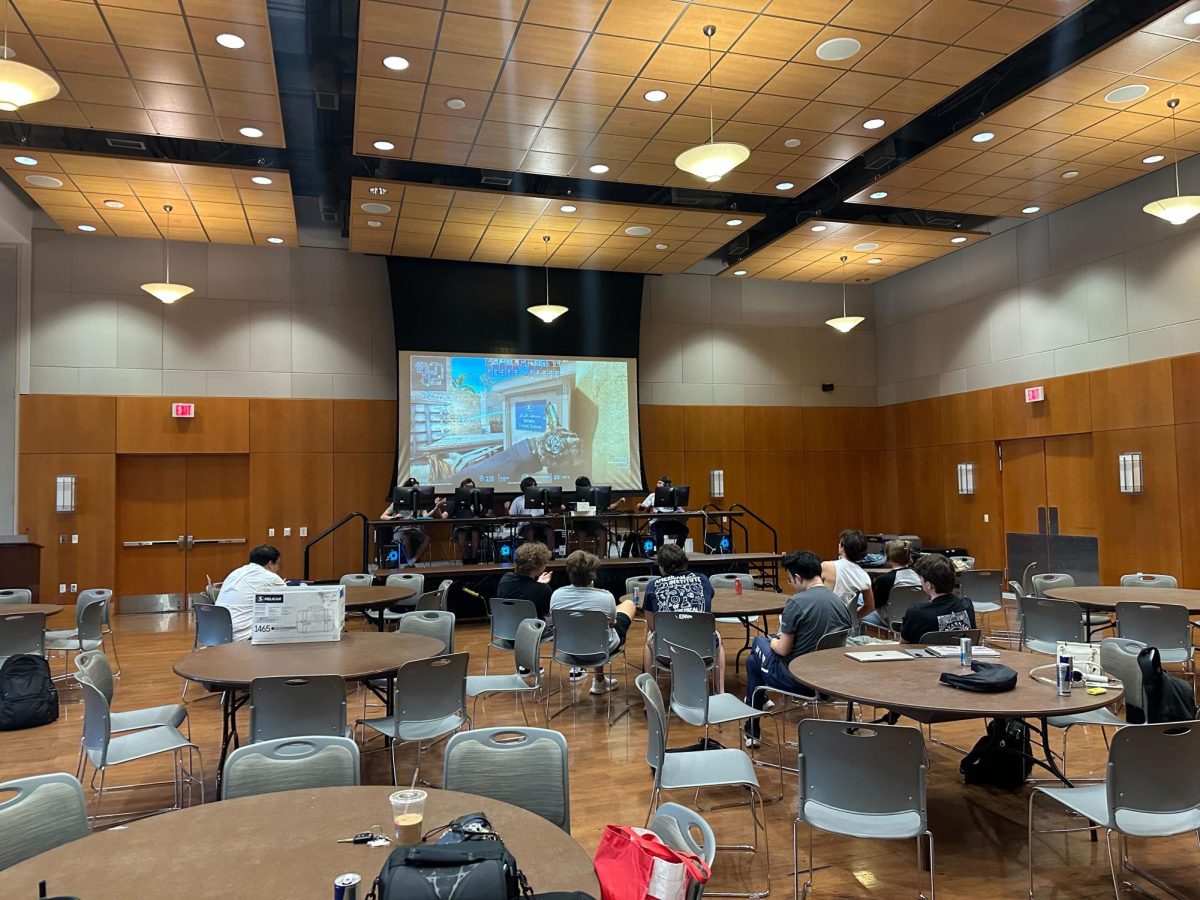Boys’ clubs have always been a stubborn problem for the film industry.
A glance at the gender composition of UT’s film program and others might suggest this problem has been solved. According to statistics published by UT, NYU and the University of Southern California, each have nearly even numbers of male and female students enrolled in their film programs. However, facing a historically male-dominated industry, some women studying film at UT wonder whether they’ll be equipped to succeed after graduation.
That’s where Women in Cinema comes in. Founded in 2010 by Kat Candler, former radio-television-film professor and current “Queen Sugar” showrunner, the student organization aims to educate and empower women for success as they enter the film industry. The group’s president, radio-television-film junior Katie Young, explained that the group has taken steps to empower its members by hosting workshops, panels and screenings and funding female students’ films.
“(Often in radio-television-film classes,) women will say, ‘I can’t direct a film because I don’t know X, Y and Z,’ whereas men will say, ‘Oh, I know X, I’ll figure the rest of it out when I’m on set,’” Young said. “We’re trying to encourage and enable (women) to just go out and make things and not worry about it so much.”
Vanessa Uhlig, third-year MFA student, explained that, as a TA for the introductory production course RTF 318, she saw this lack of confidence affect her female students firsthand.
“A lot of the girls in my class sat in the back,” Uhlig said. “Every week, I would come in and try different things to get them to participate more, but they (hesitated) to speak over the guys. I talked to my predecessor in that class, and she told me (it was) where most women stop taking production classes.’”
According to research from San Diego State University, only 18 percent of the directors, cinematographers and other department heads in the film industry — as represented by the top 250 highest grossing films of 2017 — are women. The industry lacks female voices in prominent positions, Uhlig says, partially because many women, like those in her class, feel isolated among or less experienced than their male cohorts on sets or in production courses.
“As a woman (in film), you have to work twice as hard and expect to get half as far,” Uhlig said. “There are lots of little ways (you) feel at a disadvantage.”
Young said women are often doubted on sets and, as a result, are less encouraged to try new things when they’re making films.
“Our goal is to give people — people of all genders, races and backgrounds — the tools to think and talk about gender inequality in the industry and (change) some of that.”
Every semester, Women in Cinema hosts several events designed to uplift female filmmakers. Last fall, they held workshops aimed at educating members about positions women rarely occupied, and screened female-directed films such as “Wayne’s World” and “Monster.” This spring, they’ll attend a screening of Ava Duvernay’s new film, “A Wrinkle in Time,” host panels and workshops on crowdfunding and ethical screenwriting and screen student films.
Women in Cinema’s overarching goal is to give women the tools they need to succeed in the film industry. For Young, these tools, and the confidence they inspire in her as a filmmaker, have been invaluable.
“I made four short films last year,” Young said. “Seeing what other women were doing in the department encouraged me to do more, and right now I’m in preproduction for a 20-page short film, which I’ll shoot at the end of the semester. That’s what Women in Cinema is all about.”












